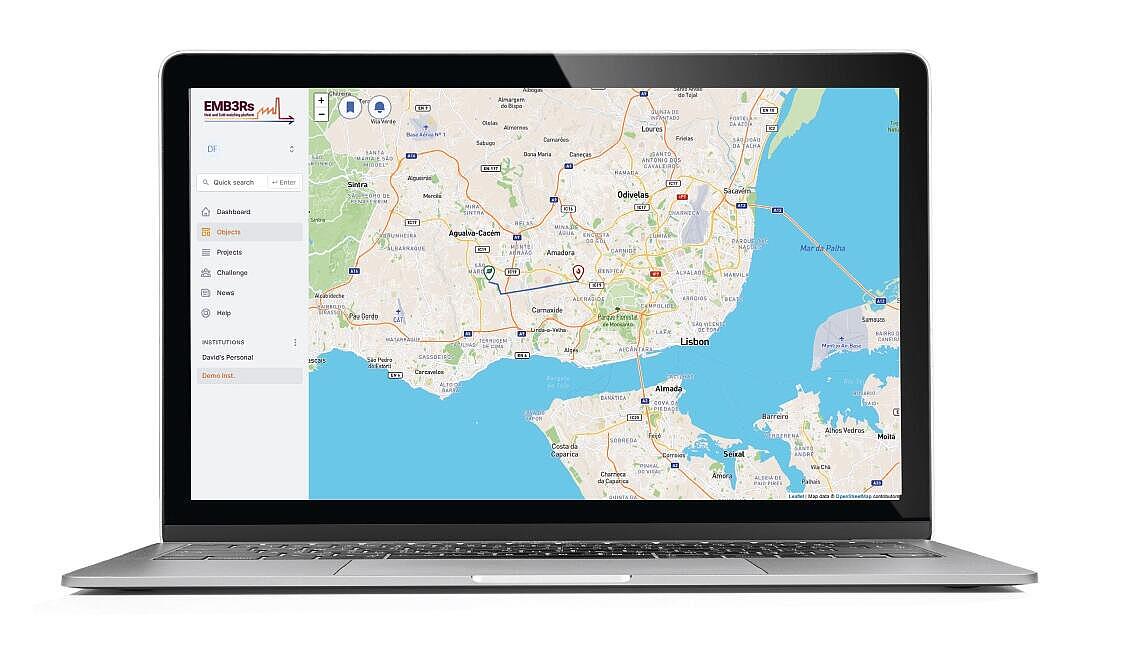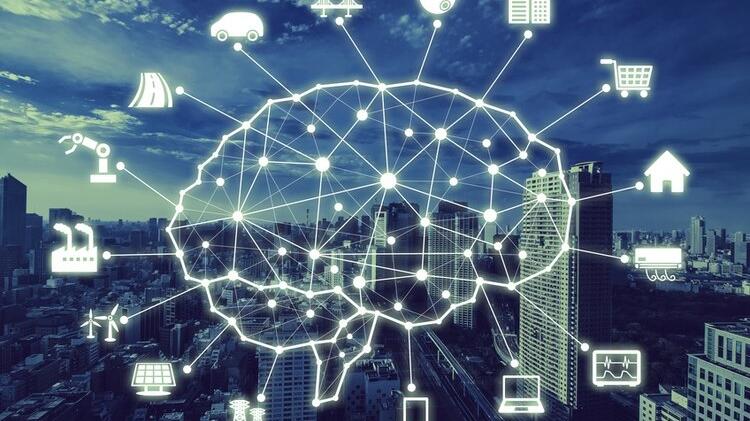 Renewable Energy
Renewable EnergyAn Uber for heat: How a new platform can help industries reuse excess heat and meet decarbonisation goals
Resumo
Mafalda Silva is a Senior Researcher at the Institute of Science and Innovation in Mechanical and Industrial Engineering. She has participated and managed multiple projects concerning energy planning and sustainability. Silva has developed a heat and cold matching platform that determines the costs and benefits related to excess heat utilization routes for the industry and end users. The EMB3Rs project is ending soon, but Silva would like it to be used as much as possible by the different target stakeholders and hopefully become a reference tool in the field. The platform will remain available and accessible online at least over the next five years.
The project has also created several resources to support its continued use, such as manuals and a video tutorial that will be accessible through the project website once they are approved.
Artigo aberto completo
An Uber for heat: How a new platform can help industries reuse excess heat and meet decarbonisation goals
Mafalda Silva is a Senior Researcher at the Institute of Science and Innovation in Mechanical and Industrial Engineering (INEGI) at the University of Porto. She has a PhD in Sustainable Energy Systems and has participated and managed multiple projects concerning energy planning and sustainability. Since January 2022, Silva has been the coordinator of the EU-funded project EMB3Rs. The project has developed a heat and cold matching platform that determines the costs and benefits related to excess heat utilization routes for the industry and end users.
How would you describe the EMB3RS project to someone who has never heard about it before?
I like to think of the EMB3Rs project as the Uber of excess heat. There is a lot of potential in reusing excess heat. On one side, in industry and beyond industry (e.g. services), there are a lot of excess heat producers that don’t know what to do with this energy. On the other side, there is also a lot of demand, often nearby, for this excess heat. But the supply and the demand are not aware that the other side exists. EMB3Rs aims to bring these two sides together and present the best solutions to recover, transport, and reuse excess thermal energy.
And how is the project achieving this?
We created an online platform capable of evaluating multiple scenarios and assessing their viability, both technically and economically. For example, let’s take a ceramics factory within an industrial park. The production process generates excess heat that could potentially supply hot water to another factory within the park. Using the EMB3Rs platform you could evaluate the feasibility of reusing this excess heat within the park and which would be the best route to do so. And what makes the platform particularly unique is that it identifies the best path to use excess heat in an integrated way, for instance, considering the physical dimension (where the energy provider and consumer are located, resource available, etc.), the techno-economical dimension (how much it will cost, what technologies would be needed, etc.), but also a market and business models perspective.
To do this the platform must feed on a lot of information, where does all this information come from?
Part of it is provided by the user who has to introduce some input, particularly information both for the heat supply (sources) and demand (sinks), so that the platform can provide tailored solutions. For example, if you are a source of excess heat, you need to have an idea of how much excess heat you are producing and to whom this heat could go. If you require excess heat, then you would have to look for industries around you as potential providers of this excess heat. The other part of the information is coming from a database embedded in the platform itself. This way, if there are very specific parameters that you don’t know, the platform can retrieve them from the database and still provide a solution. Of course, having precise input data generates more accurate solutions, but using default data can give you a general idea and once you have measured those specific parameters you can run the simulation again and get a more tailored solution.
You have been using industry as an example, is that the only sector that can benefit from the EMB3RS platform?
Industry itself is a clear stakeholder since it is an obvious producer of excess heat, and it has a lot of potential to reuse it. Especially now with increasing decarbonisation targets and the recent escalation of energy prices, reusing excess heat is certainly something that industries around Europe may want to explore. But it is not the only one. For example, if local or regional authorities are interested in planning the investment needed into new infrastructures and policies within the energy sector, they can also benefit from our platform. Another beneficiary is academia; for example, the platform can be used for research and teaching, as a tool to help solve complex problems or as part of academic courses such as PhDs or Masters.
What was the biggest challenge when developing the platform?
The platform integrates different components and modules, each responsible for a different task (for example, identifying least-cost solutions and technologies) that then come together as a whole platform. The challenge was that these modules involved different stakeholders and were developed by different partners. This meant that they were being created individually and we then had to integrate them so that they would be able to communicate with each other and work as a whole. And this whole process was made even more difficult by the pandemic when we suddenly had to move everything online from one day to the next.
The EMB3Rs project is ending soon, what happens with the platform then?
We’re discussing the exploitation plan for the whole platform. We would like it to be used as much as possible by the different target stakeholders and hopefully become a reference tool in the field. The platform will remain available and accessible online at least over the next five years.
We have also created several resources to support its continued use, such as manuals and a video tutorial that will be accessible through the project website once they are approved by the European Commission.
We would also like to continue developing and improving it and make new versions. In fact, that’s one of the advantages of the platform being open source; anyone can access the code and tailor it to their needs, adding functionalities and helping it evolve.
In the meantime, we hope that it becomes more and more renowned. This will lead to stakeholders being aware of it and it will give us some structure to keep it alive beyond those five initial years.
By Dàlia Puig



